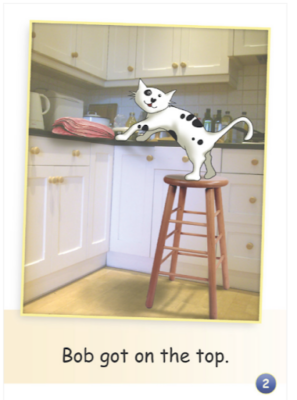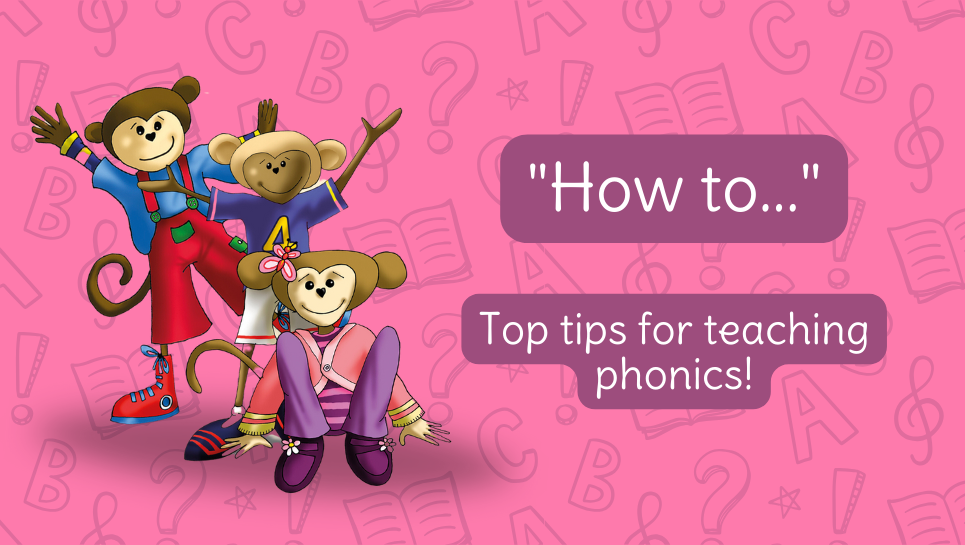In our ‘how to…’ series we are going to delve into all things phonics instruction and give you our expert advice on developing confident readers.
***
Dictation is a great way to consolidate the bonds between reading and spelling. It is a controlled exercise where students can succeed because the teacher includes words with spellings the students have already learned. Unlike a story writing activity where the students will attempt to spell words they may not be able to encode yet, dictation provides a “safe” activity where all students can succeed.
Dictation can be done at word level or sentence level. Writing and spelling words is hugely taxing on working memory. The student must hear and understand the word or sentence. Then, they must hold it in working memory while retrieving a letter/s (grapheme) for each sound in each word. Some students may forget the word or part of the sentence. For this reason, it is important to follow a clear routine for dictation.
Dictation activities can serve as useful records of learning and identifying difficulties that students are experiencing. It can be done on small individual whiteboards or in notebooks. The teacher can photograph or keep these and identify any students who need further support.
Many students will still have difficulties forming letters correctly. The purpose of a dictation activity is to see how students use their phonics knowledge to encode words. If the words are illegible, letter formation should be addressed. If not, find another opportunity to work on letter formation.
Single word dictation
Choose a list of words that the students have been learning. Make sure they have had sufficient practice reading and spelling these words. Say the word first; next, put it within the context of a sentence; and then repeat the word. This way the students can understand the word before they write it down. Pause after each word to check that all the students have finished writing.
The teacher can say:
“I am going to dictate some words and I would like you to write them down.
dog. The dog barked. dog.
bag. Gran has a bag. bag.
gap. There is a gap in the road. gap.”
Sentence dictation
Writing a sentence is more taxing on working memory than remembering one word at a time and spelling it. Some students will find it difficult to hold the complete sentence in working memory. It is good practice to break any long sentences into parts to enable all students to keep up. After all, we are not checking working memory but how students represent the words with graphemes they have learned.
The teacher will need to decide if they provide their students with high-frequency words that have more complex spellings, for example “the”. These words can be written on the board to remind the students how to spell them.
The teacher will also need to decide whether they will include capital letters and periods in this activity. This depends on whether this has been taught previously.
Dictated sentences will need to be decodable—this means that all the words, except a few necessary high-frequency words, will be within the knowledge of the students. The teacher can write these sentences or take them from a decodable book the students have read. For beginner readers, just one or two sentences will be sufficient for this activity.
The teacher can say:
“I am going to dictate a sentence.
I would like you to listen to it and then say it.
Then, write it down.
Bob got on the top.”
The teacher repeats:
“Bob got on the top. Now you say it.”
Students repeat:
“Bob got on the top.”
Students write the sentence.



